
CNC精密零件清洗(xǐ)機防靜電保護(hù)工藝是怎(zěn)麽實現的(de)?
作者:創始人來源:http://www.ahfanglei.com/時間:2025-05-16
在CNC精密加工領域,靜電如同隱形的“零件殺手”,其電壓可達數千伏特,足以擊穿納米級絕緣層,導(dǎo)致電子元器件(jiàn)失效、精密軸承卡滯,甚至引發燃爆事故。為攻克這一難題,現代(dài)CNC精密零件清洗(xǐ)機已演變為集材料科學(xué)、流體力學與靜電工程於一體的技術結晶,其防靜電保護工藝形成了一套多維度的防護(hù)體係。
In the field of CNC precision machining, static electricity is like an invisible "part killer", with a voltage of thousands of volts, enough to penetrate nanoscale insulation layers, causing electronic component failure, precision bearing jamming, and even triggering explosion accidents. To overcome this challenge, modern CNC precision parts cleaning machines have evolved into a technological crystallization that integrates materials science, fluid mechanics, and electrostatic engineering. Its anti-static protection process has formed a multi-dimensional protection system.
一、靜電產生的根源與危害
1、 The root causes and hazards of static electricity generation
在清洗(xǐ)過程中,三大物理效(xiào)應會誘發靜電:
During the cleaning process, three major physical effects can induce static electricity:
摩擦(cā)起電:清洗液與零件表麵(miàn)摩擦時,電(diàn)子轉移引發接觸電位差。
Friction electrification: When the cleaning solution rubs against the surface of the part, electron transfer causes a difference in contact potential.
流動(dòng)帶電:高壓噴淋使液體與管壁、噴嘴劇烈摩擦,產(chǎn)生流動電流。
Flowing electrification: High voltage spraying causes intense friction between the liquid and the pipe wall or nozzle, generating a flowing current.
剝離帶電:汙染物脫離零件瞬間,界麵電荷重新分配形(xíng)成高電位。
Stripping electrification: At the moment when pollutants detach from the parts, the interface charges are redistributed to form a high potential.
這些靜電(diàn)放電(ESD)的危害遠超想象:
The hazards of electrostatic discharge (ESD) are far beyond imagination:
微觀損傷:在半導體晶圓清洗中,50V靜電即可(kě)擊穿10nm厚的氧化層。
Microscopic damage: In semiconductor wafer cleaning, 50V static electricity can penetrate a 10nm thick oxide layer.
吸附汙染:靜電場使(shǐ)亞微米級顆粒吸附力增強100倍以上,導(dǎo)致二次汙染。
Adsorption pollution: The electrostatic field enhances the adsorption force of submicron particles by more than 100 times, leading to secondary pollution.
燃爆風險:在清洗有(yǒu)機溶劑時,靜電火花可能引燃可(kě)燃蒸汽(qì)。
Risk of explosion: When cleaning organic solvents, static sparks may ignite flammable vapors.
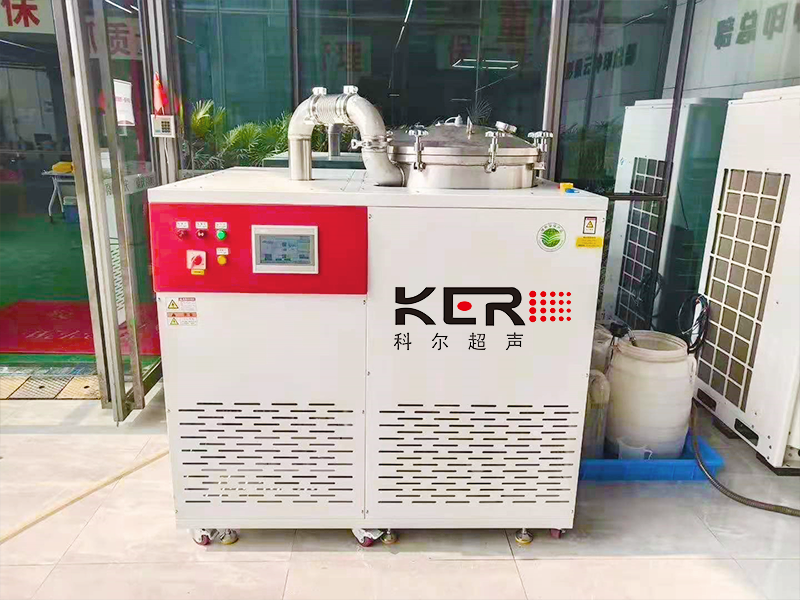
二、防靜電(diàn)工藝的核心技術矩陣
2、 Core technology matrix of anti-static process
1. 結構防靜電設計
1. Structural anti-static design
導電路徑(jìng)規劃:清洗機主體采用(yòng)304不鏽鋼框架,通(tōng)過1MΩ限流電阻接地,形成法(fǎ)拉第籠效應。關鍵部件如噴嘴、管道(dào)使用導電級POM材料,表麵電(diàn)阻控製在10^6Ω以下。
Conductive path planning: The main body of the cleaning machine adopts a 304 stainless steel frame, which is grounded through a 1M Ω current limiting resistor to form the Faraday cage effect. Key components such as nozzles and pipelines use conductive grade POM materials, with surface resistance controlled below 10 ^ 6 Ω.
接觸麵優化:滾(gǔn)輪輸送係統采用專(zhuān)利平行排布技術,使滾(gǔn)輪與零件接觸麵積減少70%,降低(dī)摩擦起電概率。
Contact surface optimization: The roller conveyor system adopts patented parallel arrangement technology, which reduces the contact area between the roller and the part by 70% and lowers the probability of frictional electrification.
2. 環境控製係(xì)統
2. Environmental control system
濕度(dù)調節(jiē):通過超聲波加濕模(mó)塊,將(jiāng)清洗艙濕(shī)度維持在40%-60%RH。實驗數據顯示,濕度每提升10%,靜電(diàn)產生量下降35%。
Humidity regulation: By using an ultrasonic humidification module, the humidity in the cleaning chamber is maintained at 40% -60% RH. Experimental data shows that for every 10% increase in humidity, the amount of static electricity generated decreases by 35%.
離子風幕:在進出(chū)料口設置離子風刀,產生正負(fù)離子雲中和靜電,中和效率達98%以上。
Ionic air curtain: Ionic air knives are installed at the inlet and outlet to generate positive and negative ion clouds and static electricity, with a neutralization efficiency of over 98%.
3. 清(qīng)洗介質防靜電技術
3. Anti static technology for cleaning media
導電清洗液:添加季銨鹽類抗靜電劑,使清洗液電導率提(tí)升至500μS/cm,將摩擦電荷快(kuài)速(sù)導走。
Conductive cleaning solution: Add quaternary ammonium salt anti-static agents to increase the conductivity of the cleaning solution to 500 μ S/cm, quickly guiding away frictional charges.
脈衝噴淋控製:采用變頻電(diàn)機驅動(dòng)噴淋泵,通過PWM調製實現0.1MPa微壓脈衝清洗,既保證去(qù)汙力,又將液滴動能降低至靜電產生閾值以下(xià)。
Pulse spray control: The spray pump is driven by a variable frequency motor, and the 0.1MPa micro pressure pulse cleaning is achieved through PWM modulation, which not only ensures the cleaning power, but also reduces the kinetic energy of the droplets to below the static electricity generation threshold.
4. 實時監測與消除係統
4. Real time monitoring and elimination system
靜電(diàn)場監測:在清洗艙內布置三維靜電探頭陣(zhèn)列,實時采集空間電位數(shù)據。當電場強度超過(guò)3kV/cm時,自動啟動離子發生器。
Electrostatic field monitoring: Install a three-dimensional electrostatic probe array in the cleaning chamber to collect real-time spatial potential data. When the electric field strength exceeds 3kV/cm, the ion generator will automatically start.
主動消除裝置:配(pèi)備(bèi)高頻脈衝離子發生器,每秒釋放10^12個(gè)正負離子,響應時間<0.1秒。
Active elimination device: equipped with a high-frequency pulse ion generator, releasing 10 ^ 12 positive and negative ions per second, with a response time of less than 0.1 seconds.
本文由CNC高壓清洗機友情奉獻.更多有關的知(zhī)識請點擊(jī):http://www.ahfanglei.com91污將會(huì)對您提出的疑問進行詳(xiáng)細的解(jiě)答(dá),歡迎您登錄網站留言.
This article is a friendly contribution from CNC high-pressure cleaning machine For more information, please click: http://www.ahfanglei.com We will provide detailed answers to your questions. You are welcome to log in to our website and leave a message
推薦產品
推薦文章
 公司:濟南科爾超聲波設備有限公(gōng)司
公司:濟南科爾超聲波設備有限公(gōng)司  熱(rè)線:18663767799
熱(rè)線:18663767799 地址:山東省(shěng)濟南市濟陽區創業路與啟航街交叉口南40米
地址:山東省(shěng)濟南市濟陽區創業路與啟航街交叉口南40米




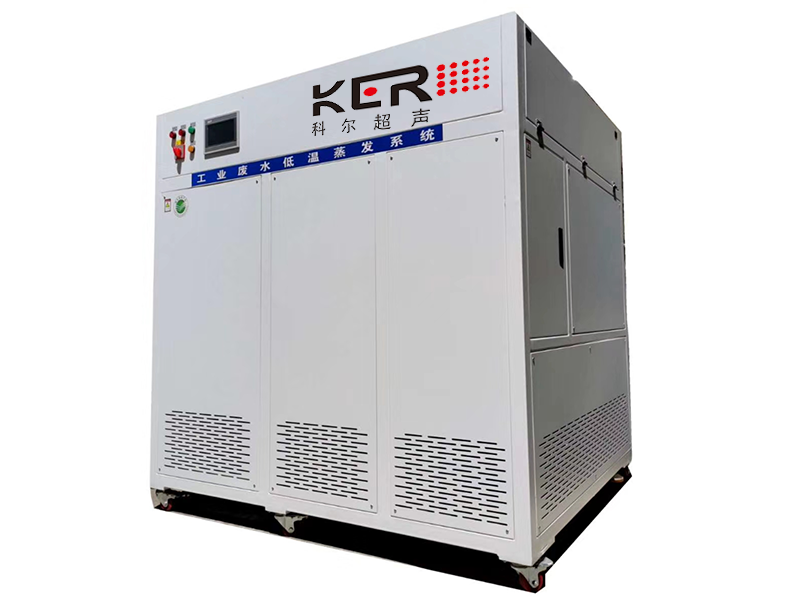
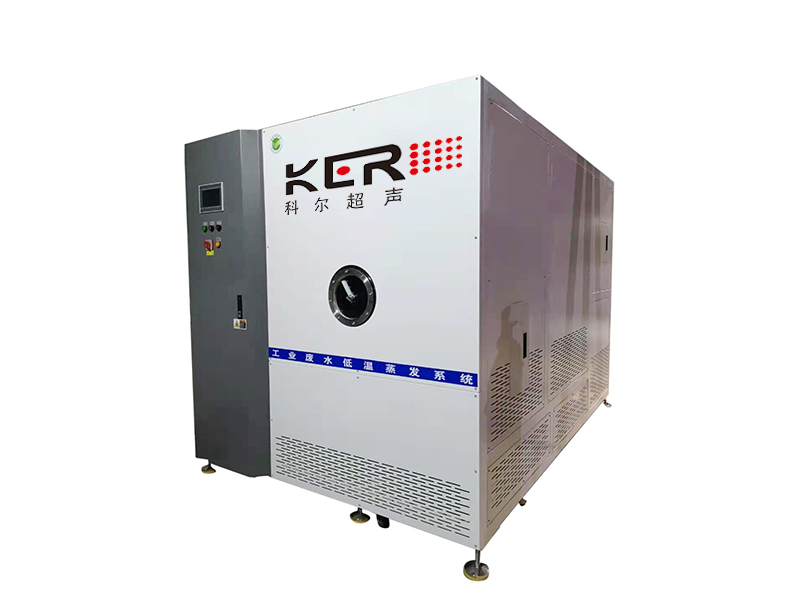
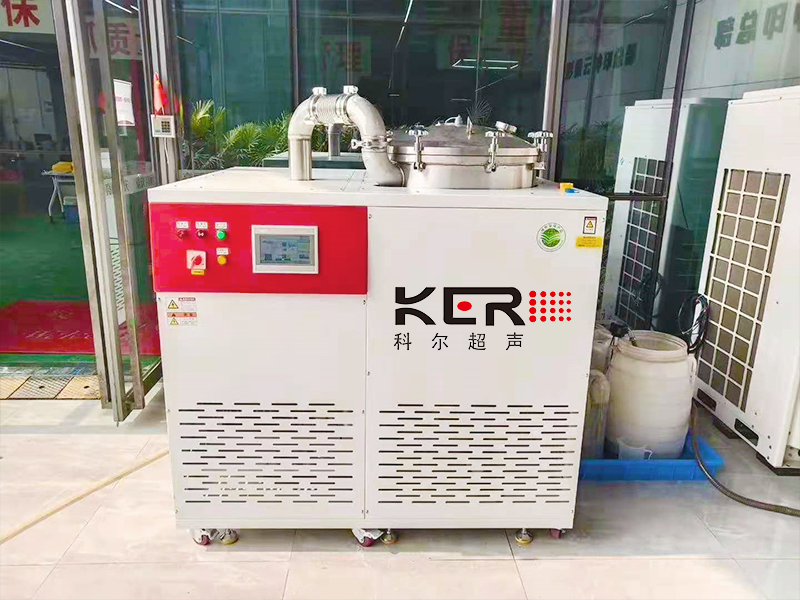
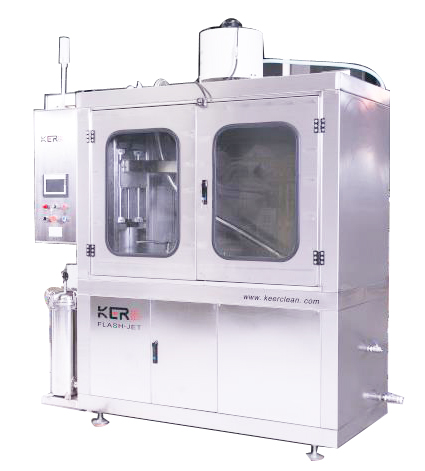
 常見問題
常見問題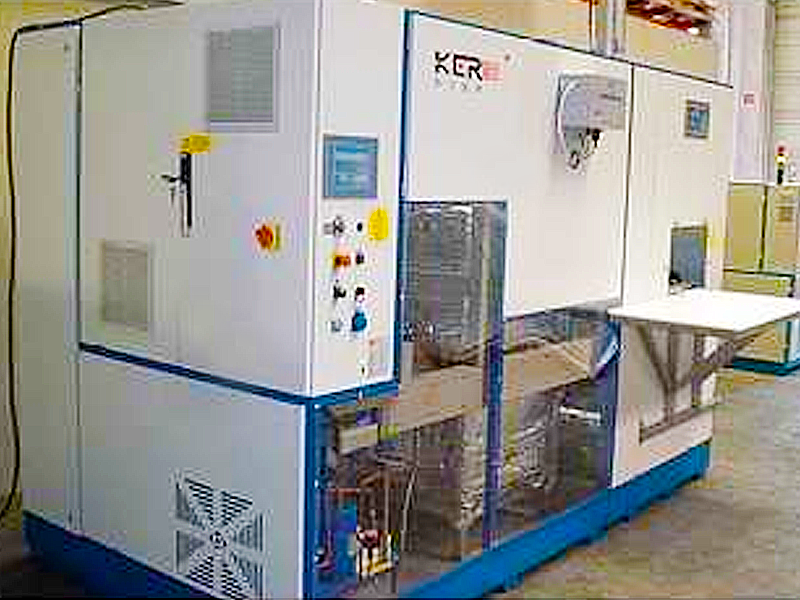
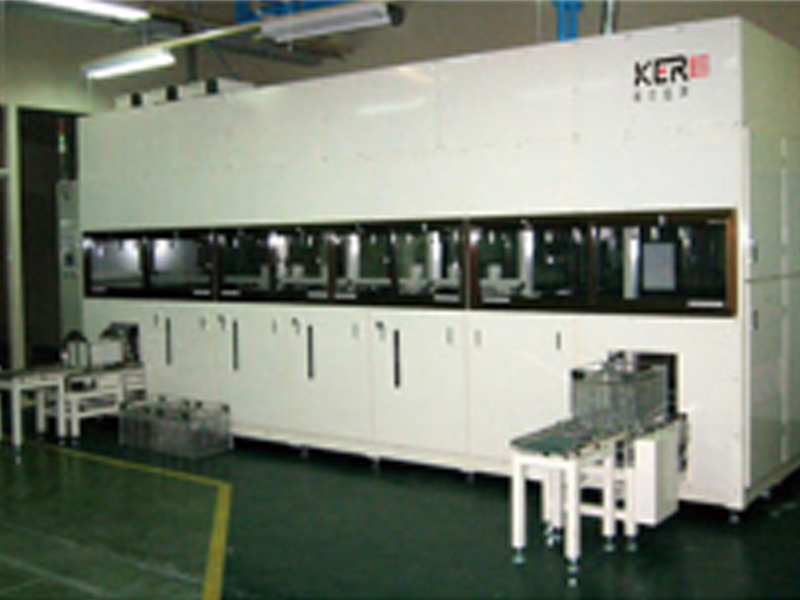
 聯係(xì)91污
聯係(xì)91污
 谘詢電話:18663767799
谘詢電話:18663767799 E-MAIL:jnkergs@163.com
E-MAIL:jnkergs@163.com 地址:山東省濟南市濟陽區創業路與啟航街交叉口南40米
地址:山東省濟南市濟陽區創業路與啟航街交叉口南40米 魯公網安備(bèi) 37011202001385號
魯公網安備(bèi) 37011202001385號
